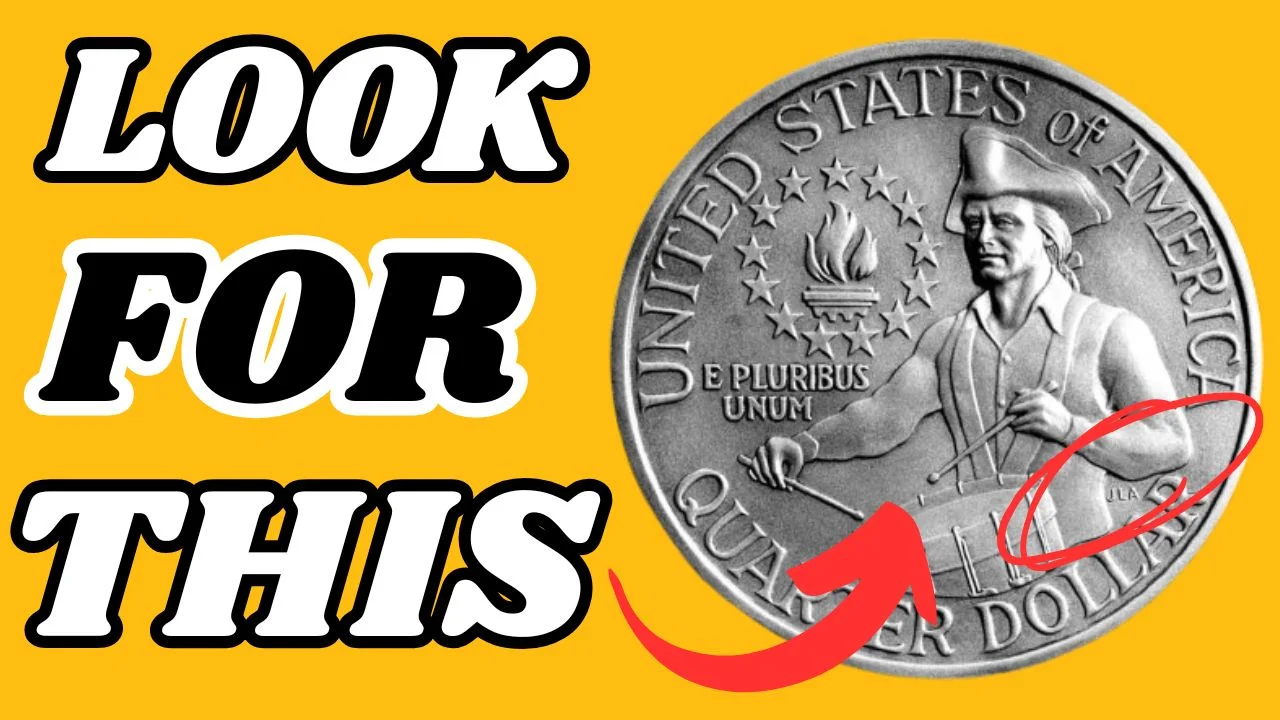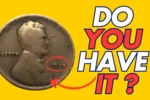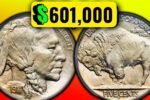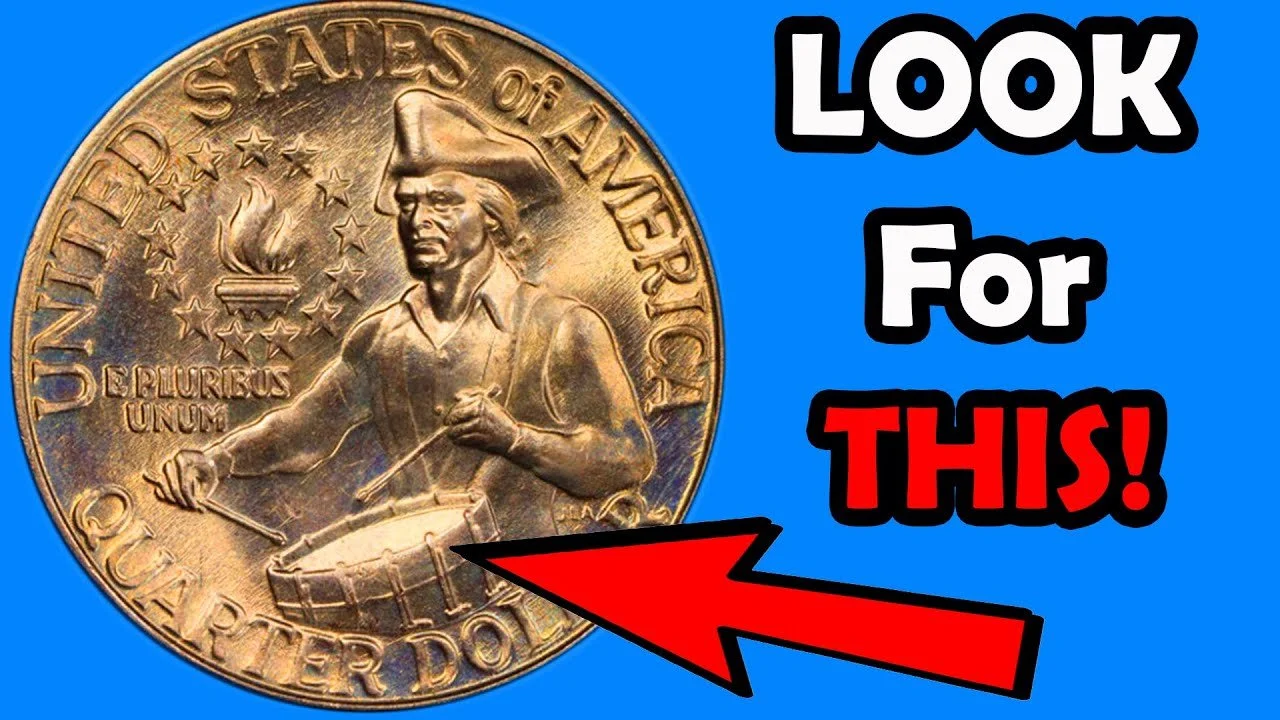The Rare Bicentennial Quarter : A seemingly ordinary quarter could be hiding in your pocket, purse, or change jar—one that collectors would pay a fortune for. This article reveals the fascinating story behind a rare Bicentennial Quarter that could still be in circulation today, valued at up to $1 million.
A Celebration in Coin: The Birth of the Bicentennial Quarter
In 1976, the United States celebrated its 200th year of independence. To mark the occasion, the U.S. Mint released special edition coins, including the Bicentennial Quarter. Unlike the typical Washington quarter, this commemorative version featured a Colonial drummer on the reverse and the dual date “1776–1976.” Produced in large numbers, it was never considered rare—until a few extraordinary variations came to light.
A Mistake Worth Millions: What Makes This Quarter So Rare
While most Bicentennial Quarters are common and worth face value, a few anomalies were unintentionally created during production. Some were struck on 90% silver planchets, meant for older coins. Others show doubling in the design—called “doubled die errors”—which makes the text or imagery appear shadowed or repeated. These errors are extremely rare. If one is found in high-grade condition, its value can skyrocket to $1 million, depending on the exact nature of the flaw and its preservation.
Still Circulating: Why the Rare Quarter May Be in Your Change
Despite its potential value, this rare Bicentennial Quarter wasn’t all scooped up by collectors. Some may still be mixed in with regular change, passed through hands unknowingly. Unlike coins known to be in museums or sealed collections, this one could show up in a vending machine, grocery store, or even in a child’s piggy bank. That lingering presence in circulation fuels excitement and speculation across the coin-collecting world.
The Treasure Hunt Begins: Growing Interest Among Collectors
Once news spread that a Bicentennial Quarter might be worth $1 million, both professional numismatists and everyday enthusiasts began searching. Coin rolls from banks are now scrutinized, and old jars in closets are revisited. People are educating themselves on coin grading, mint marks, and error types. The rarity combined with the possibility of discovery makes this coin one of the most talked-about items in modern numismatics.
More Than Money: The Cultural Impact of a Single Coin
This rare quarter isn’t just about money—it’s about history, luck, and American heritage. The excitement surrounding it reflects how a simple mistake during minting can create something truly legendary. It reminds us that even in an age of digital banking, physical coins still have stories to tell and fortunes to offer. The idea that immense value could hide in plain sight keeps the myth alive.
Frequently Asked Questions (FAQs)
Q1: What is a Bicentennial Quarter?
A Bicentennial Quarter is a U.S. quarter-dollar coin issued in 1976 to commemorate the 200th anniversary of American independence. It features a Colonial drummer on the back and the dual date “1776–1976.”
Q2: Why is one worth $1 million?
A rare version was mistakenly struck on a 90% silver planchet or with doubled die errors. These highly unusual features, combined with mint condition, make it exceptionally valuable to collectors.
Q3: How can I identify a valuable Bicentennial Quarter?
Look for a silver sheen instead of the usual copper-nickel appearance, a missing mint mark, or visible doubling in the design or text. A professional appraisal is recommended for confirmation.
Q4: Is the rare Bicentennial Quarter still in circulation?
Yes, it’s possible. Since it wasn’t officially recalled or tracked, the rare version could still be passed in everyday transactions.
Q5: What should I do if I think I found one?
Do not clean or damage the coin. Contact a reputable coin dealer or grading service like PCGS or NGC to verify its authenticity and value.





